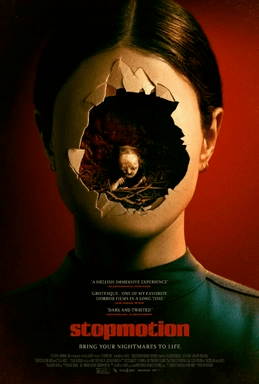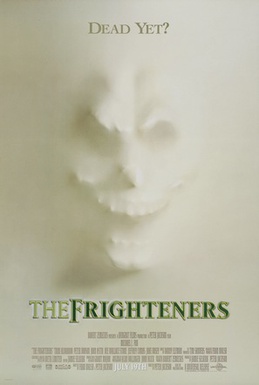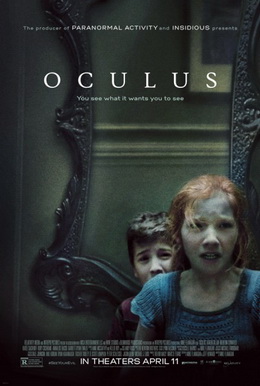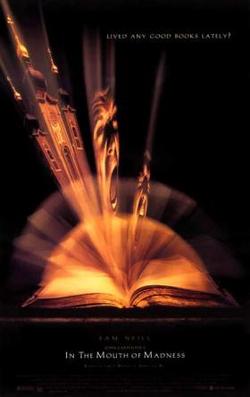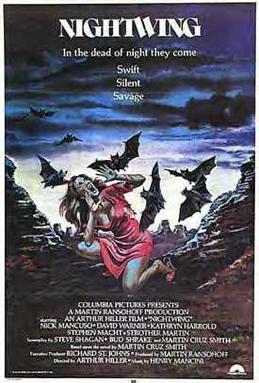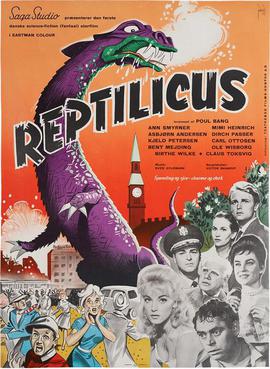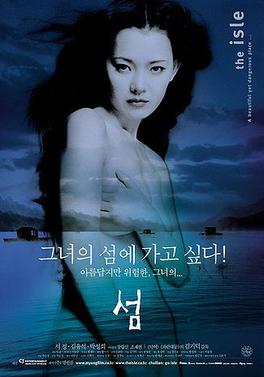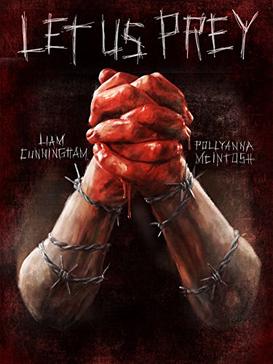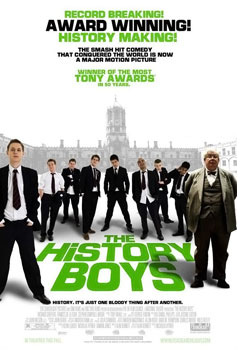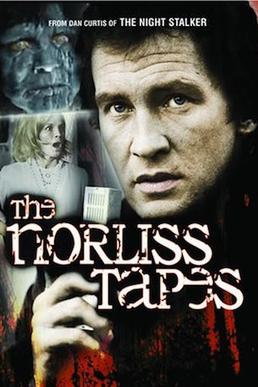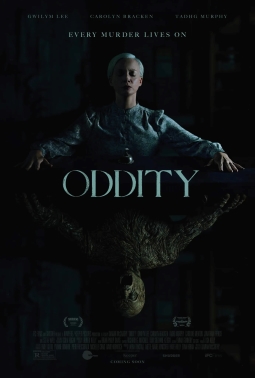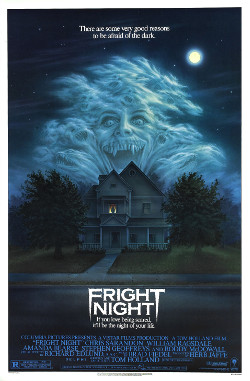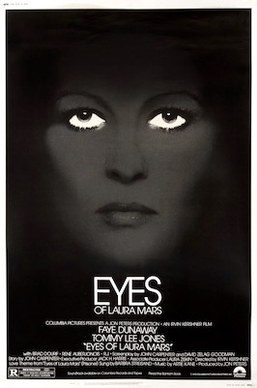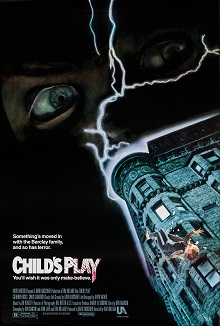Stopmotion is a strangely affecting horror movie. Body horror as well as Euro-horror, it follows the dream-like world of Ella, a stop motion animator. She learned the trade from her mother who, suffering from arthritis, has Ella do the work for her. After her mother has a stroke, Ella continues working on her final film but in a new location. Tom, her boyfriend, gets her an apartment in a run-down building where Ella meets a precocious and odd little girl who tells her she should film a different movie and proceeds to tell Ella how it should go. To her chagrin, Ella has to admit that the little girl’s story is better than her mother’s. With the girl’s help, Ella animates a monster, the Ash Man, who is pursuing a girl lost in the woods. Then Ella starts receiving visits from the Ash Man, or at least she believes so. She ends up in the hospital. Spoilers follow.
Tom, who visits her there, is worried that Ella has let this go too far. He threatens to delete the film while she’s immobile in the hospital. Ella’s mother dies and with the little girl’s help, Ella gets back to her apartment to finish the film. When Tom, and his plagiarizing sister, come to return Ella to the hospital, she kills them both. She then, with the girl’s help, finishes the film. The film results in her own death, or at least that’s the way she sees it. The film features quite a lot of stop motion animation although the movie itself is live action. It’s a very artful, if gross, film. The little girl is never seen by anyone else, nor explained, suggesting that she’s a younger Ella following her own creativity. And paying the price for it.
I can’t claim to understand everything that happens in this movie. That doesn’t make it bad, but worth pondering. Those of us who live creative lives experience dry patches, and often, self-doubt. I know that when I compare my writing to that of others, I suffer in the very comparison. When Stopmotion first ended, I felt both confused and intrigued. Euro-horror of recent years, to generalize, emphasizes the art of the craft. There was a lot of symbolism in this movie, some of which I couldn’t connect to the action. I suspect repeated viewing might bring some of this to light. My family has often told me that with my focus and interests, I would’ve been a good stop motion animator. I certainly have the creating monsters part down pat. It’s just a matter of deciding which narrative to follow.

